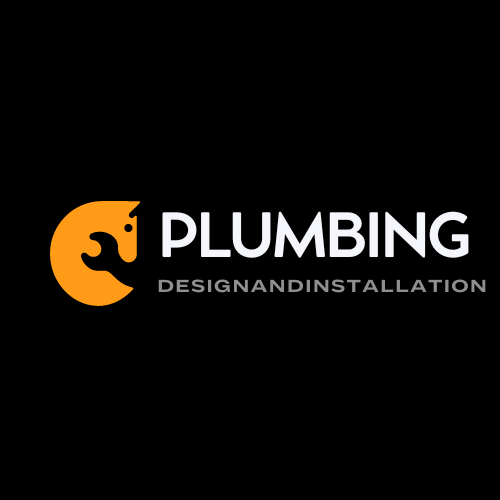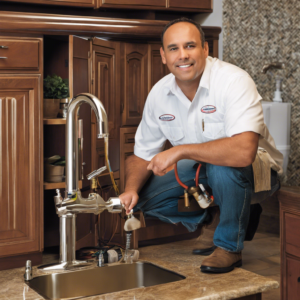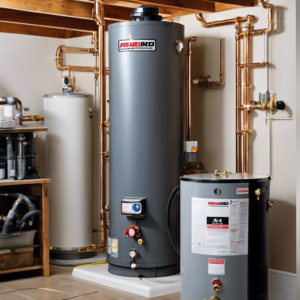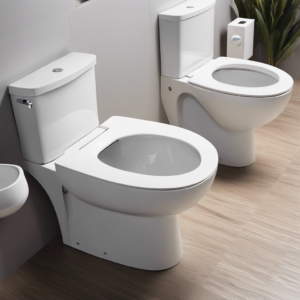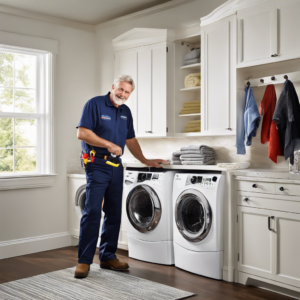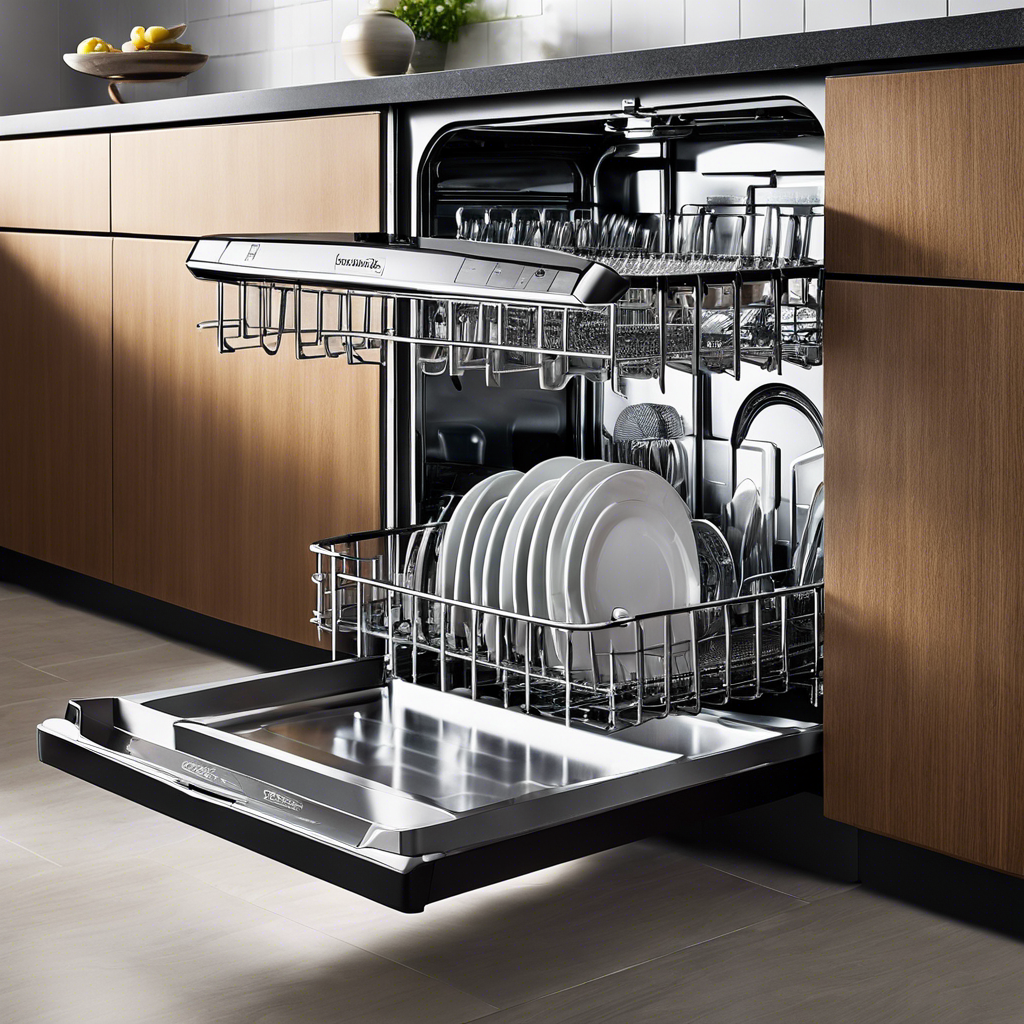
Learn how to troubleshoot common dishwasher leaks and prevent water damage with our appliance service for drain issues. Don’t let a simple clog cause a big headache.
Few appliances present as many leaking hazards as dishwashers. With water constantly cycling through during cleaning cycles, leaks inevitably happen eventually. Identifying the source of water pooling below machines quickly is key before extensive damages occur underneath and on surrounding cabinetry. This guide will cover how to diagnose and resolve the most common dishwasher leaks related to faulty door seals, hose failures, and drain obstructions DIY-style.
What Causes Dishwashers to Leak?
Many factors can lead to appliance leakage ranging from quick fixes to complex component replacements:
- Defective door gaskets with compromised seals are a prime suspect. Food debris and age deteriorate water-tightness.
- Clogged drains prevent wastewater from properly draining. Water then overflows from internal collection areas.
- Kinked drain hoses also impede proper wastewater flow. Crimped shapes reduce volume throughput.
- Failed water inlet valves where supply lines connect can leak small streams with aging seal defects.
Stay alert for new water pooling beneath machines or nearby cabinets dripping from poor drainage. Act quickly once detected!
Signs You Need to Address a Leak
Don’t ignore symptoms of water leakage since mold damage spreads quickly. Visible signs warranting dishwasher repairs include:
- Water pooled on the floor by the machine after cycles
- Droplets beaded along dishwasher door edges
- Mold or water stains on cabinet fronts below countertop level
- Knocking or gurgling sounds signaling water remains internally after finishing
Pull machines forward carefully to inspect. If the bottom exterior feels wet, critical drainage issues likely need addressing by either DIY technicians or professional appliance repair specialists depending on complexity.
Diagnosing the Leak Site
Systematically trace leak sources before blindly replacing components. Check:
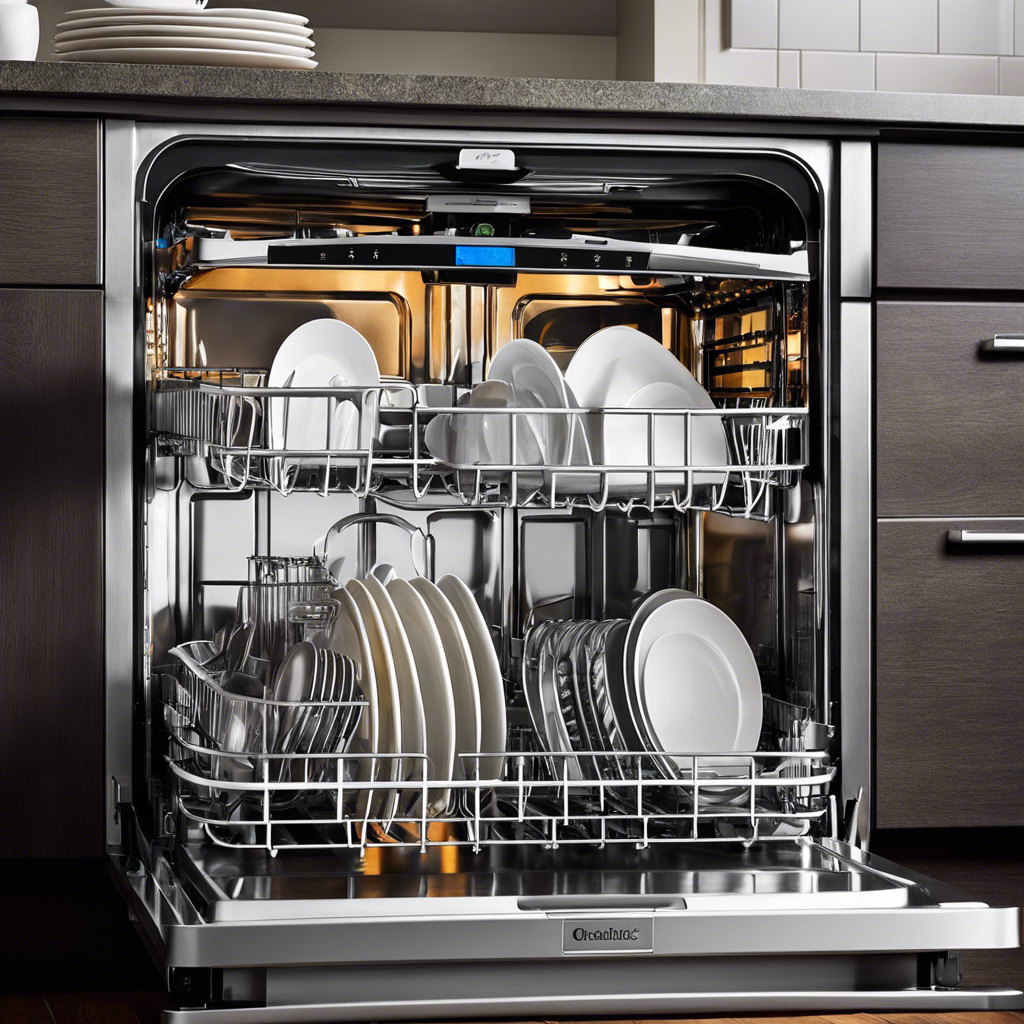
Door Seals, Tub, Filters
Run short empty cycles while observing door edges for escaping droplets indicating a bad seal. Inspect the internal tub bottom and filters for debris obstructing drain openings.
Supply Hoses and Drains
Examine all accessories. Kinked hoses prevent draining. Disconnected ones leak externally. Ensure drains aren’t crammed with food blocking wastewater’s escape path.
Thoughtful leak checks prevent wasted part purchases aiming to fix misdiagnosed problems incorrectly.
Fixing Common Leaking Culprits
Once the leaking component or blockage site identifies, apply:
Part Replacements
Swap cracked supply line hoses, faulty inlet valves allowing water seepage, and worn door gaskets no longer containing internal spray. Modern dishwasher parts incorporate long-lasting materials resisting heat, corrosion and stress cracks far better than vintage components.
Drain Unclogs
Remove debris-jammed pumps or drain hoses not letting wastewater release after wash cycles. Rinse away stubborn grease/food clogs. Disconnect pipes to clean deeper than arms reach.
Correcting identified deficiencies requires some labor but prevents appliance failure and water damages compared to ignoring issues.
Preventing Repeat Leak Occurrences
Adjust habits and apply proactive maintenance to reduce future leakage problems:
Improve Door Seals
Wipe away food accumulating along seals after each load. This prevents gradual seal failures from organic matter degrading gasket materials over time.
Annual Appliance Inspection
Professionally inspecting wash arms, hoses and door alignments yearly detects deterioration early before acute failure stages. Technicians recommend parts needing proactive swap-outs to keep appliances running years longer.
While inspecting dishwasher leaks DIY using the guidance above fixes many drainage issues, some scenarios still warrant calling in appliance repair experts:

When You Need Appliance Service
Seeking professional assistance benefits particular leaky dishwasher repair scenarios:
Replacing Complex Internal Components – From plumbing access deep inside cabinetry to gracefully maneuvering new delicate control device insertion without damage requires trade expertise.
Recurring Leaks Despite Attempts – If leakage resumes shortly after fixes or locating the elusive source becomes overwhelmingly frustrating, appliance tech tools and know-how prevent continued damages or replacement necessity through precise troubleshooting.
In summary, by methodically tracking down leak sources through visual inspections and drain examinations rather than reactions alone, many common dishwasher water escape routes prove repairable without huge hassle. Let’s review key recommendations:
In Conclusion
- Inspect door seals, tub bottoms and drain filters first for debris inhibiting drainage
- Check hoses feeds and discharge lines for kinks or breaks
- Clear clogs fully before resetting and testing appliances
- Replace only failed gaskets, valves and parts most likely causing observed wetness
- Arrange periodic maintenance assessing components needing proactive replacement
Taking a thoughtful DIY approach tackles many basic leaky dishwasher causes. But for intricate internal repairs or confusing recurrence, reputable appliance technicians possess the advanced tools and know-how to remedy water leakage properly at the source. Stop leaks fast before major cabinet/floor damage or mold spreads!
FAQs
What if water leaks from the top of the dishwasher?
Top-down leaks usually indicate a failed tub seal, allowing water to penetrate the tub interior and drip externally. Try tightening retaining bolts first. Otherwise replacing the tub gasket seals the leak.
My dishwasher makes noises but doesn’t appear wet. Could it still leak?
Yes, internal failures can prevent water from draining properly despite appearing dry on the outside. Knocking noises signal water remains trapped internally. Pull machines out to check for leaks or standing water underneath. If bone dry, sounds may indicate imminent pump failures instead.
Is it safe to use a leaking dishwasher temporarily?
It’s never advisable to continue using a definitively leaking dishwasher more than briefly. Water contacting flooring or cabinets risks severe damage. And exposed electrical or heating elements create safety hazards. Address all leaks promptly before operation continues.
How can I troubleshoot a leaking dishwasher?
First, check for any visible leaks or puddles around the dishwasher. Then, inspect the door gasket, drain hose, and water inlet valve for any signs of damage or blockages. Additionally, make sure the dishwasher is properly leveled and the spray arms are not clogged.
What are the common causes of a leaking dishwasher?
Common causes of a leaking dishwasher include a deteriorated door gasket, clogged drain hose, malfunctioning water inlet valve, or a faulty spray arm. Additionally, issues with the dishwasher’s tub, air gap, or drain line can also lead to leaks.
How do I fix a leaking dishwasher?
To fix a leaking dishwasher, start by identifying the source of the leak. Replace any damaged components such as the door gasket, drain hose, or water inlet valve. Ensure that the dishwasher is properly leveled and the spray arms and drain line are free from obstructions.
Why is my dishwasher leaking from the bottom?
A dishwasher may leak from the bottom due to a clogged drain line, deteriorated door gasket, or a malfunctioning water inlet valve. It’s important to inspect these components and address any issues to prevent further leakage.
What steps can I take to prevent dishwasher leaks?
To prevent dishwasher leaks, regularly check and clean the door gasket, drain hose, and spray arms. Ensure that the dishwasher is properly leveled and the water supply line and air gap are functioning correctly. Using the appropriate amount of detergent and avoiding overloading the dishwasher can also help prevent leaks.
How can I check the dishwasher for potential leaks?
To check the dishwasher for potential leaks, inspect the door gasket, drain hose, and water inlet valve for any signs of wear or damage. Run a cycle and monitor the dishwasher for any leaks or abnormal water accumulation at the bottom of the dishwasher.
What should I do if I notice my dishwasher leaking?
If you notice your dishwasher leaking, immediately shut off the water supply to the dishwasher to prevent further damage. Then, inspect the dishwasher for the source of the leak and address any issues related to the door gasket, drain hose, or water inlet valve.
Is a clogged dishwasher a common cause of leaks?
Yes, a clogged dishwasher, particularly a blocked drain line, can lead to leaks. It’s essential to regularly clean the dishwasher’s filter and drain line to prevent clogs and potential leaks.
What are the potential sources of leaks in a dishwasher?
Potential sources of leaks in a dishwasher include the water supply line, spray arm, detergent dispenser, door gasket, and drain system. Identifying and addressing issues with these components can help resolve dishwasher leaks.
Should I be concerned about water damage from a leaking dishwasher?
Yes, water damage from a leaking dishwasher can lead to costly repairs and potential health hazards from mold growth. It’s crucial to promptly address any leaks and prevent water from accumulating around the dishwasher to mitigate the risk of water damage.
